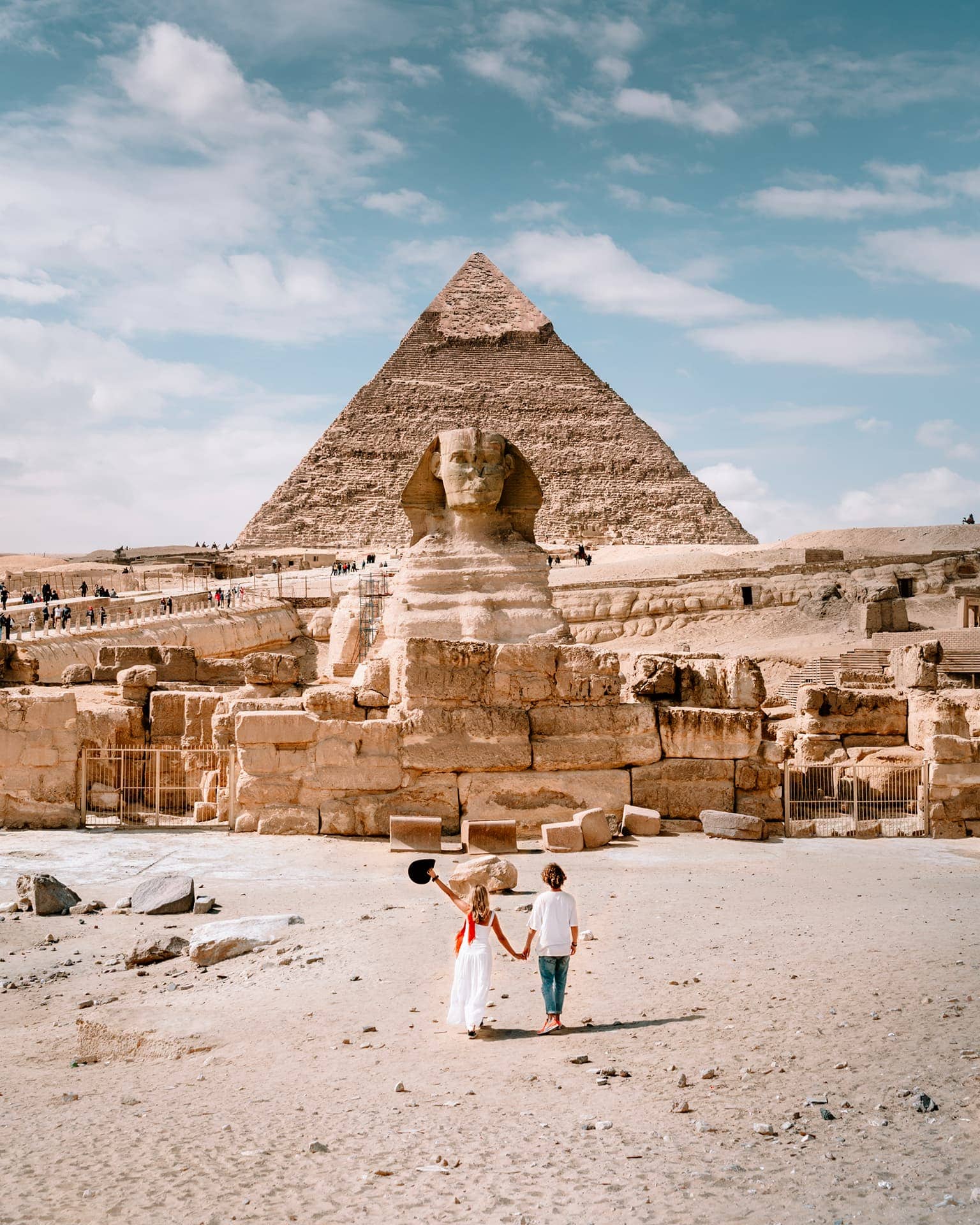Abu Gorab
-
Location and Significance:
- Abu Gorab, also known as Abu Gurab or Abu Ghurab, is a locality in Egypt situated 15 km (9.3 mi) south of Cairo, between Saqqarah and Al-Jīzah, about 1 km (0.62 mi) north of Abusir.
- It is best known for the solar temple of King Nyuserre Ini, the largest and best-preserved solar temple, as well as the solar temple of Userkaf, both built during the Old Kingdom Period in the 25th century BCE.
- Evidence suggests that as many as six solar temples were constructed during the 5th Dynasty, but only the two temples mentioned (Nyuserre’s and Userkaf’s) have been excavated.
-
Early Dynastic Cemetery:
- North of Nyuserre’s sun temple lies a cemetery dating back to the First Dynasty of Egypt (c. 3100–2900 BCE), where individuals from the middle ranks of Ancient Egyptian society were buried.
- The area served as a burial site during the 5th dynasty and became nearly obsolete as a necropolis after that period.
-
Sun Temple of Nyuserre Ini:
- Excavation: Egyptologists Ludwig Borchardt and Friedrich Willhelm von Bissing excavated Nyuserre’s Sun Temple sometime between 1898 and 1901 on behalf of the Berlin Museum.
- Purpose: The temple was constructed on the orders of Nyuserre Ini, the sixth king of the Fifth Dynasty.
- Design and Name: The temple, dedicated to the Egyptian Sun god Ra, was named “Ssp-ib-R’” (meaning “Re’s Favorite Place” or “Joy of Re”).
- Structure: It consists of a rectangular walled enclosure (100 by 76 meters) with an entrance on the eastern face.
- Materials: The complex is primarily built from mudbrick covered with limestone and is situated on the shores of the ancient Abusir lake bed.
- Foundation: The main temple stands on a natural hill enhanced with artificial terraces.
- Valley Temple: Entrance to the temple is through a small structure called the Valley Temple, located on the eastern edge of the complex.
-
Legacy:
- The Sun Temple of Nyuserre reflects the king’s continued relationship with the sun-god in the Afterlife.
- Ramses II later restored this temple during the New Kingdom.
The ruins at Abu Gorab hold secrets of ancient Egypt’s devotion to the sun and its eternal cycles. 🌞🔍
 English
English











